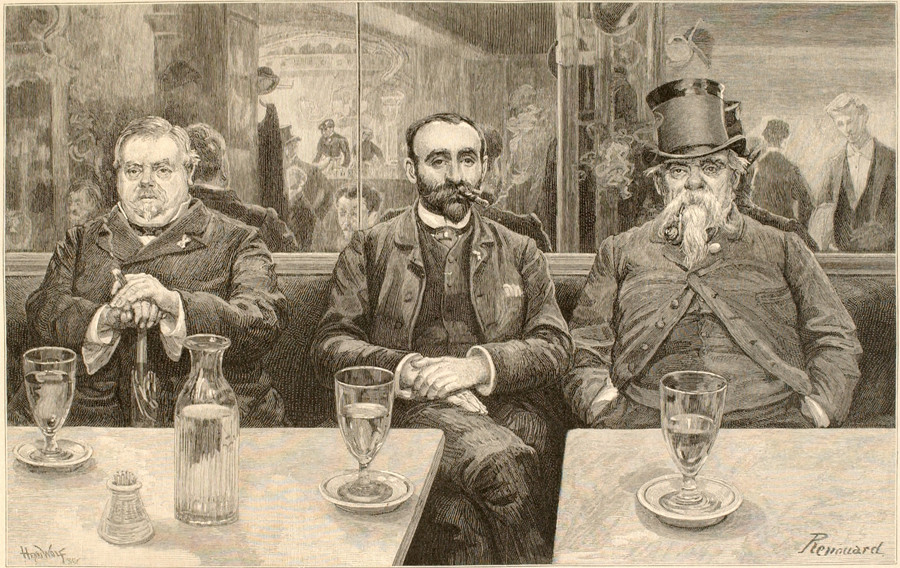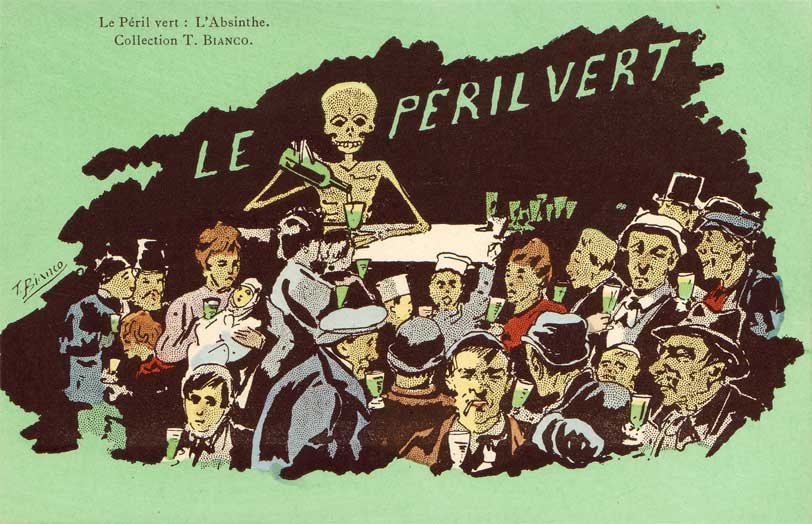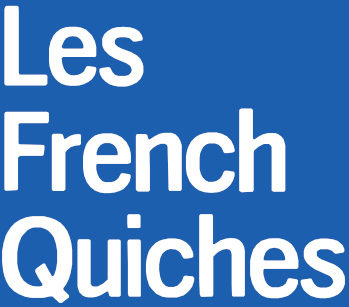The colonization of Algeria by France launched absinthe. As early as 1830, it was recommended that soldiers put a few drops of absinthe in their water to disinfect it. The army absolutely believed in the antiseptic virtues of absinthe. It must be said that since the dawn of time, the plant was known to cure anything and everything.
The launch of the green fairy
Little by little the soldiers improved the ritual of absinthe consumption, undoubtely inspired by the ritual of mint tea. One pours some into a large glass, drips fresh water over it, and adds sugar. Dropping the water allows the absinthe to dissolve the sugar slowly into the Absinthe and mix the flavors well. Absinthe is consumed at the end of the day, just to relax. We no longer say it’s aperitif time but it’s green time.
Returning as heroes from Algeria, the soldiers introduced French civilians to this delicious aperitif, so refreshing: the trend of absinthe has begun.
Initially, absinthe was a rather expensive drink, reserved for a wealthy customer. It could be drunk in Pontarlier and in the cafés of the Grands Boulevards of Paris. One of the best known, located on the Boulevard des Italiens, is the café du Helder. Opened in 1853, the Café du Helder was frequented by employees, businessmen, intellectuals and military personnel. It is the snowball effect, artists took over the ritual: poets, painters, writers, all are inspired by the green fairy.
The artist Charles-Paul Renouard, who did a lot of illustrations for the press, created an engraving representing 3 fat men, probably military, sitting at the Helder café in front of their glass of absinthe. The illustration appeared in volume 78 of Harper Magasine of 1889.

During the Second Empire (1852 – 1870), consumption never ceased to rise. Absinthe became the main aperitif consumed in France with a market share of 90%. In 1874 the annual production increased to 700.00 liters.
In 1878 Pernod Fils built a new, much larger factory on the banks of the Doubs. The new factory had a railway branch line which allowed it to be delivered quickly with wines from the Languedoc region whose alcohol was used for the distillation of absinthe. The railway branch line was also used for the shipment of bottles of absinthe. Even if France remains the principal place of consumption of absinthe, Pernod Fils exported its production to the four corners of the world, and in particular to distant regions where French soldiers fought, armed with their miracle remedy: absinthe.
Numerous distilleries were created: about twenty in Pontarlier, while Jules-François Pernod (see the origins of absinthe) also started producing absinthe in Montfavet in the south of France. Because of the increase in production, prices began to fall. At the same time, the number of pubs increased drastically following the law of July 17th, 1880 which made it possible to open them on simple declaration.
Pernod Fils is still the most renowned for the quality of its absinthe. Unfortunately counterfeits and absinthes of poor quality arrived on the market at the end of the Second Empire, causing havoc. These absinthes were destined for the poorest populations who swallowed their glasses standing upright in dubious establishments.
These absinthes are a mixture of absinthe with alcohol of poor quality, or even worse. This is a far cry from the distillation processes of Pernod Fils. Absinthe became cheaper than wine and consumption took off: 305,000 hectoliters of absinthe were drunk in France in 1907. In 1913 all records were broken with 400 000 hectoliters of absinthe per year.

Prohibition
Obviously, such a situation could not last. Anti-alcoholic leagues started campaigns to ban the Green Fairy. They were supported by doctors, the Church, but also by wine producers whose consumption was constantly decreasing.
It was a senator from Pontarlier who first proposed a law to fight against alcoholism: Doctor Philippe Grenier.
Philippe Grenier, doctor of medicine, converted to Islam following a trip to Algeria. He was the first Muslim deputy in France. He was initially highly regarded as a doctor, but his struggle against alcoholism cost him his seat. Absinthe provided a living for the majority of his electorate in Pontarlier. The doctor was not the most virulent, he wanted to tax alcohol in order to finance the army for the sake of national defense.
The wine producers and the National League Against Alcoholism attacked much harder, claiming that the green fairy was driving people crazy. The French vineyard had been ravaged by phylloxera, which had allowed absinthe to steal market share from wine, which had quite irritated the winegrowers who were determined to take their revenge.
Opponents of absinthe questioned the thujone, a molecule with neuroconvulsive properties found in the plant. In truth it was rather the quantity of alcohol ingested as well as its poor quality that drove people crazy. It seems that the thujone content could not make it dangerous.
Nevertheless, the National League Against Alcoholism launched a petition in 1906 in which it claimed that Absinthe made people crazy and that it killed thousands of French people every year. The League attacked with a series of meetings, publications in the press, and alarmist illustrations.

Even though taxes on absinthe brought a lot to the state, the state was aware of the public health problem for which the green fairy was largely responsible, since it was the most widely consumed alcohol in France.
It should be noted that on the other side of the border the fight is the same. Winegrowers and the Anti-Alcohol League are struggling to get the “morphine for the beggars” banned. Aided by a bloody incident, Absinthe was banned in 1906 in Switzerland.
In 1905, a winegrower from Commugny massacred his entire family. Jean Lanfray, an absinthe lover since his military service, shot his pregnant wife and two children. His trial made great noise. It would seem that the assassin drank more wine than absinthe, but the occasion is too good to demonstrate the misdeeds of the green fairy.
If the colonization of Algeria made it possible to launch the green fairy, it was the First World War that sounded its death knell. There was no question of sending alcoholic battalions to the front.
On 16 March 1915 absinthe was banned in France. It will not be allowed in France again until 2011.

